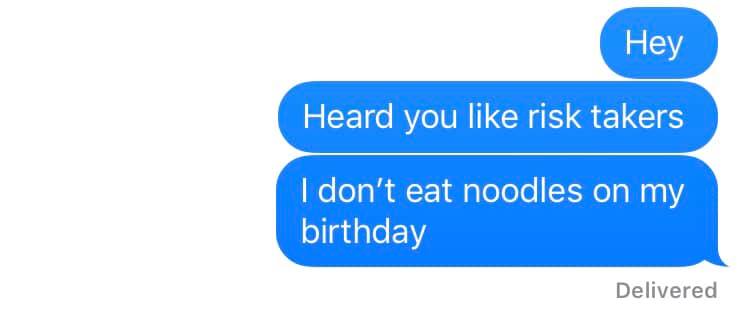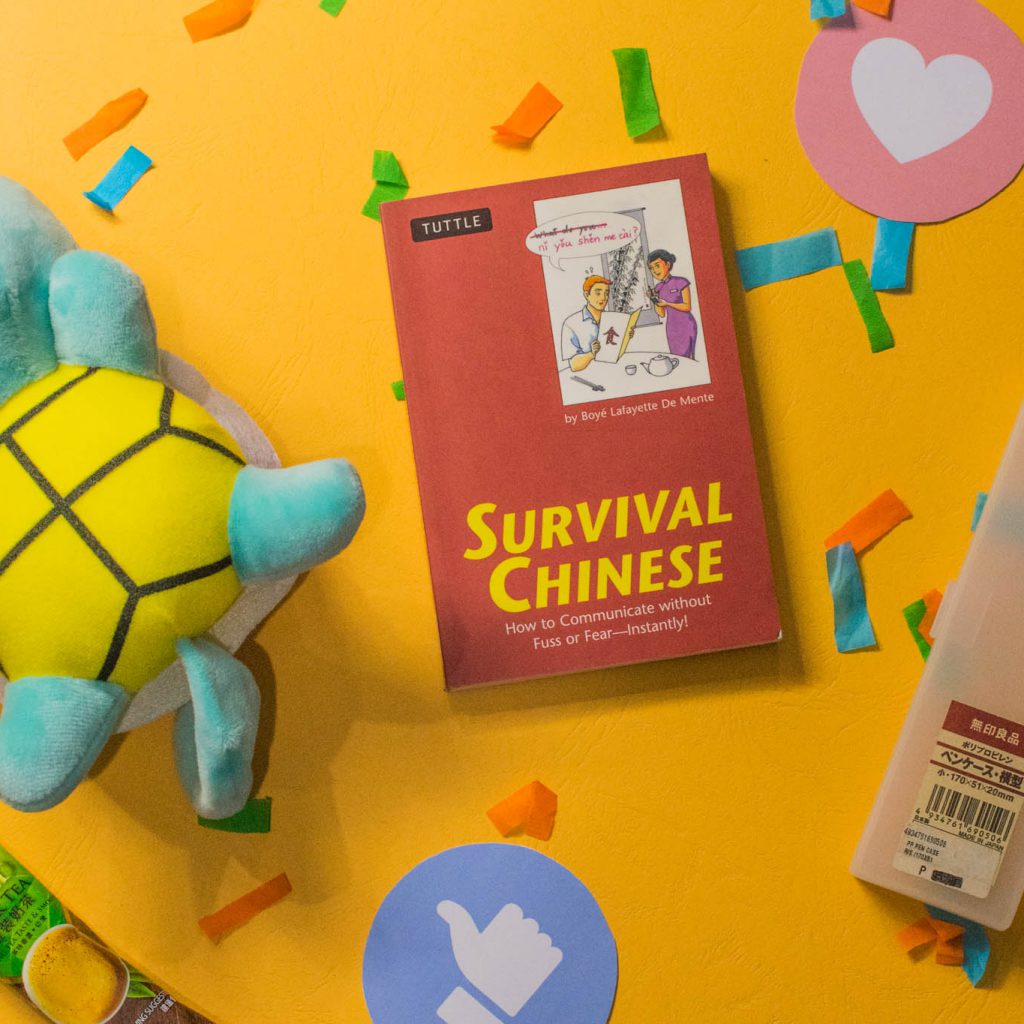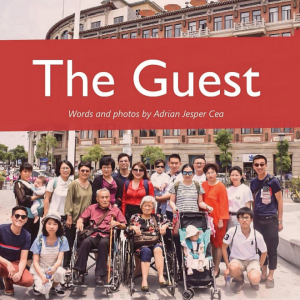Written by Jodie Tanco
Photos by Grace Lim and Kathleen Yap
“In Tagalog/Filipino, parents don’t say, “I love you.” They say, ‘Gago kang bata ka. Hindi ka maasahan,’ and I think it’s beautiful.”
– PJ Tabilin, Subtle Asian Traits
Perhaps one of the best things that have ever illustrated the power of the internet is the fast-spreading popularity of Subtle Asian Traits (SAT), a Facebook group created last September by a group of Asian-Australian students in Melbourne. It had humble beginnings, starting out as a Facebook page wherein the group could share jokes about their Asian-Australian experience. However, as of March 2019, SAT’s membership has exceeded 1.2 million, with users from all around the globe.
It comes as no surprise then that Filipinos as of late have started to gain an active interest in the Facebook group. Not only are there posts that are recognized by the international Asian community (read: the all-encompassing love for boba milk tea), but there are also posts which directly represent the diverse Filipino culture, ranging from Jollibee and taho appreciation to complaints about the infamous Chinese-Filipino ‘Great Wall.’
What’s special about SAT, however, lies beyond the laughs brought about by the specific humor of cultural memes. It’s the sense of camaraderie—the exchange of cultures in a world that’s mostly dominated by Western media. For a country like the Philippines, who has endured colonizer after colonizer, there is strength in telling our stories.
This is more than cultural empowerment; this is validation.
Mica Acero, a freshman psychology student, is a contributor to SAT. “I found it super funny because of the Asian-related memes,” she explained. She shares a common sentiment among the group members; she joined the community early on because SAT specifically catered to the Asian demographic.
What the Filipino community shares with the rest of the SAT community is a unique sense of perspective. It is the recognition of cultural boundaries — the deconstruction and reconstruction of them in response to the marginalization of a culturally repressed people. It is their response to the reality of being a “minority group.” This is why there are so many layers to the humor associated in SAT posts and why there is so much appreciation for the group. Whether intentional or not, there is a sense of exclusivity in the group. Even if Western or other non-Asian members are present, there are several barriers that would not allow them to appreciate the brand of humor in SAT. On Asian humor, Acero notes that “there are small nuances, as opposed to that of Western culture.”
Perhaps this is why memes are so effective. In addition to being popular among the younger demographic on Facebook, memes also require a process of delayering. It requires an understanding of the individual elements that constitute internet humor, which can only be acquired through prolonged exposure to online culture.
A recent post by Acero perfectly encapsulates the cultural humor of the SAT community.
Before making the post, Acero found herself asking the question, “Is this a Filipino or Chinese trait?” Further emphasizing the presence of the Filipino community within the Facebook group, she notes that she observed that both her Chinese and Filipino friends, as well as other international members, were tagging each other in the post’s comments section. With the post’s sudden popularity, she concludes that the post “does bridge cultures.”
In the end, SAT has become more than just a meme space for milk tea and the latest K-pop craze. It is the result of a demand that has been in the making for years, an endless capacity for self-expression in a context that is, more or less, finally ours.






